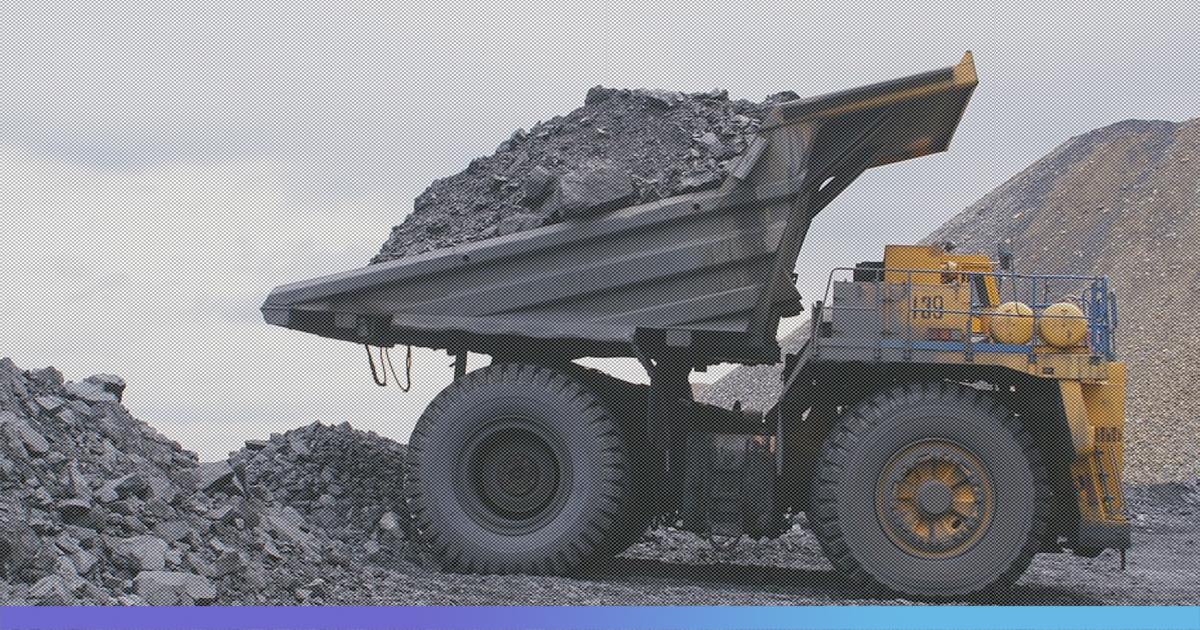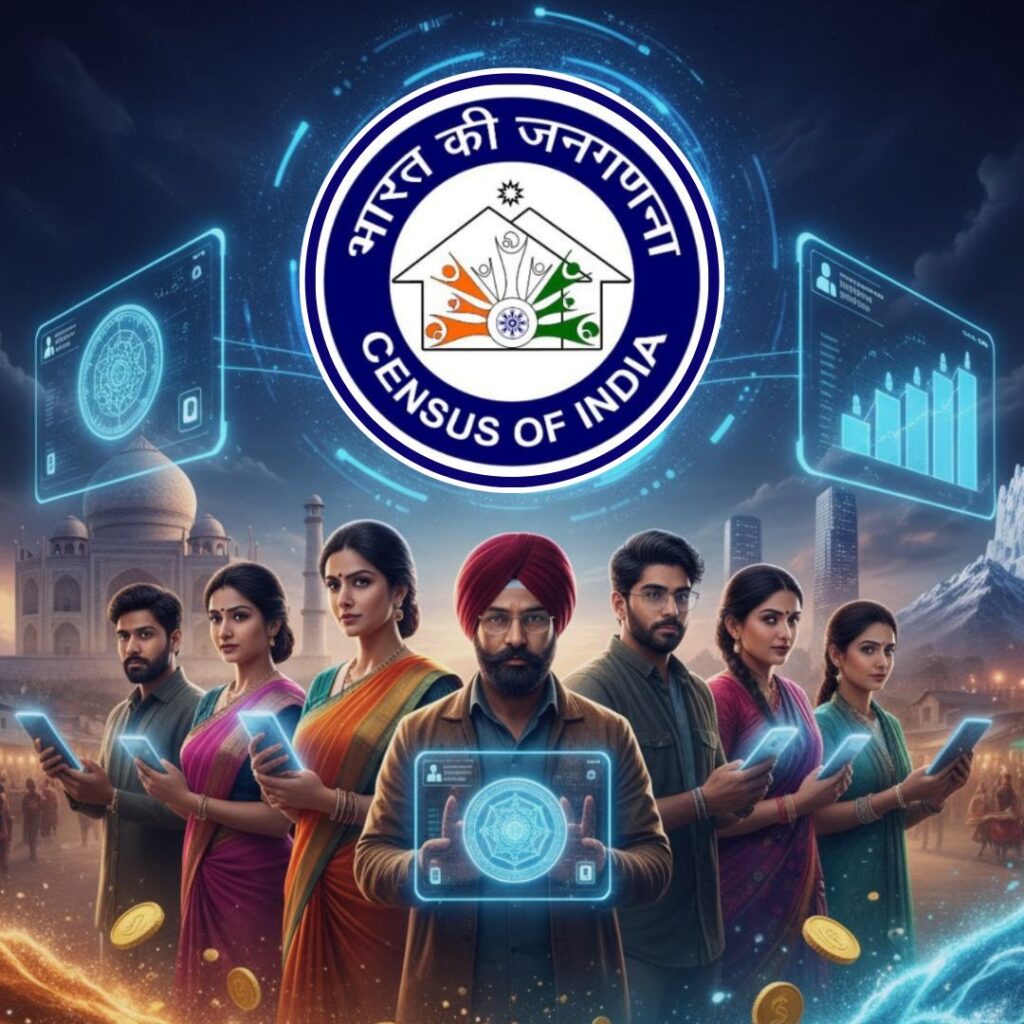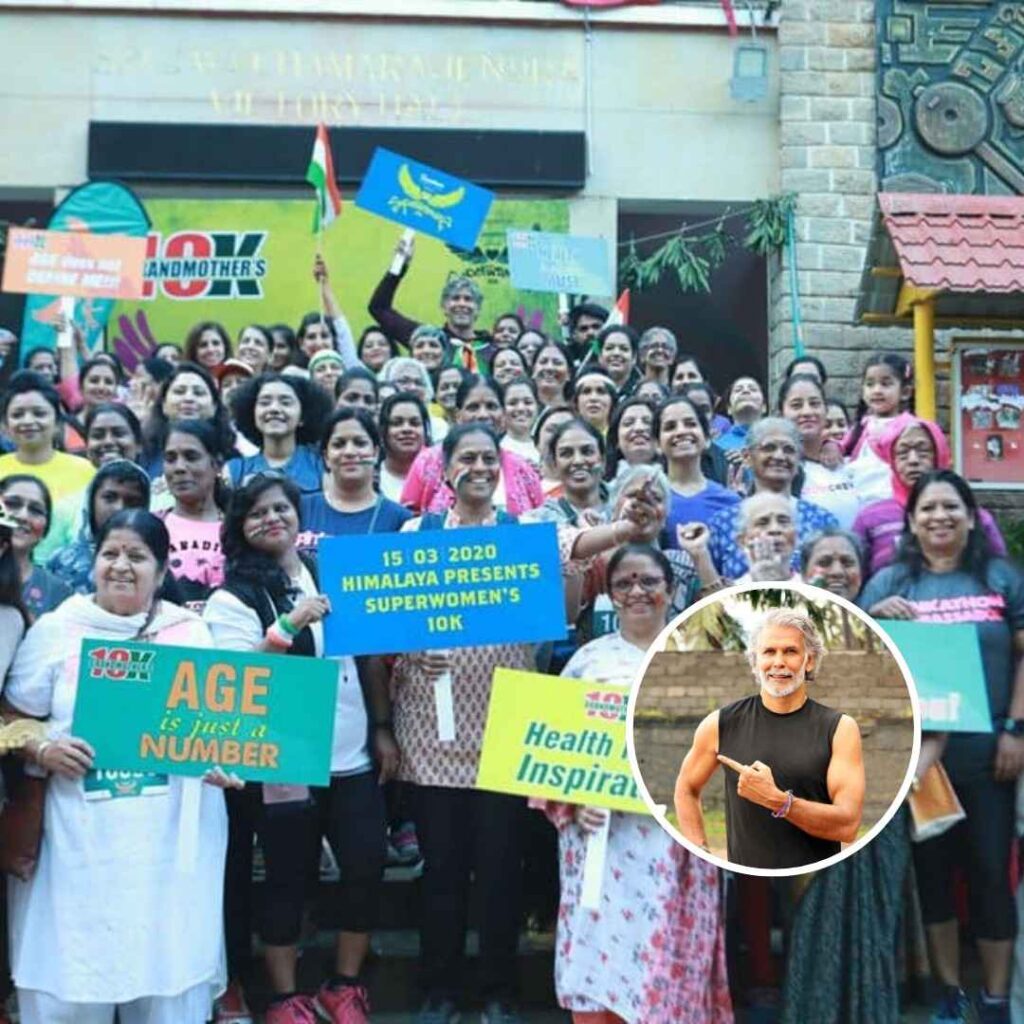If mining destroys the environment, the minerals are sold and the mineral stock depleted, what is there for future generations? The National Mineral Policy 2019 lays a systematic foundation for the implementation of the Intergenerational Equity Principle. While rooted in the Constitution, some steps need to be taken quickly to reduce uncertainty to the mining industry.
How do we implement intergenerational equity? The Supreme Court has faced this question first in the Bellary iron ore scam, next in the Goa iron ore scam and later in the Odisha iron ore scam. In its judgment in the Odisha mining case (Common Cause vs Union of India & Others, WP(c) 114 of 2014), the Supreme Court of India discussed the Intergenerational Equity Principle in the context of a demand for a future generations fund and a cap on extraction and ordered a review of the National Mineral Policy 2008. Goa Foundation, the petitioner in the Goa mining cases, has advocated a holistic approach to the implementation of the intergenerational equity principle in mining.
Under the Constitution, natural resources are owned by the state as a trustee on behalf of the people and especially future generations (Public Trust Doctrine, Art 21 Right to Life). As we have inherited the minerals, we must ensure that future generations inherit either the minerals or their full value (Intergenerational Equity Principle, Art 21 Right to Life). In keeping with the Constitution, India’s National Mineral Policy 2019 declares:
“Natural resources, including minerals, are a shared inheritance where the state is the trustee on behalf of the people to ensure that future generations receive the benefit of inheritance.”
When we extract minerals, we impact a bundle of inherited assets which deplete with mining. These include:- (a) the environment impacted by mining-related activities; (b) the opportunity to earn income (salaries, transportation, etc) associated with mining; (c) the opportunity to use the mineral for useful things; and (d) the value of the mineral itself – our family gold. So how does the National Mineral Policy address these issues?
Environment
1. The first aspect is to identify areas that are critical in nature and must not be disturbed (Precautionary Principle, Art 21 Right to Life). The Policy proposes identification of no-go areas, but with a caveat (bold highlight ours):
“The Government shall identify such areas that are critically fragile in terms of ecology and declare as ‘in-violate areas’ or ‘no-go areas’ out of bounds for mining. In order to achieve a better semblance between mineral based development and environment, there shall be an endeavour to create Exclusive Mining Zone (EMZ) with prior in-principle statutory clearances demarcated for the mineralized belt/zone to avoid conflict of interest and to curtail delay in commencement of mining operation.”
The mechanism for identifying no-go areas is unclear. The Pronab Sen Committee set up by the then MoEF has proposed a set of criteria to identify eco-sensitive areas. There may be additional criteria such as strategic reserves, near critical infrastructure or defense installations. It is important that these no-go areas are speedily identified with clear criteria and mapped so that future litigation & uncertainty is avoided.
2. Where mining does take place, the first step is to impose area-wide caps to limit the cumulative impact of multiple mines (Precautionary Principle). One potential way is to set a flexible cap, which drops sharply if there is any environmental damage crosses existing norms, and rises slowly if all parameters are normal over a long period of time. In order to set caps, the Policy sets up an inter-ministerial mechanism:
“A unified authority in the form of an inter-ministerial body under Ministry of Mines, with members like Ministry of Coal, MoEarth Sciences, MoEFCC, Ministry of Tribal Affairs, Ministry of Rural Development, Ministry of Panchayati Raj, Ministry of Steel, including state governments, shall be constituted to institutionalise a mechanism for ensuring sustainable mining with adequate concerns for environment and socio-economic issues in the mining areas, and to advise the Government on rates of royalty, dead rent etc.
This proposed mechanism shall also decide the limits on the extent of mining activities that should be permitted which would, inter alia, involve undertaking a detailed study for assessing what should be the state-wise/region-wise ceiling of annual excavation of minerals, considering the availability of mineral resources, the carrying capacity of the region, and the macro environmental impact on the region while also keeping in mind the principles of sustainable development and intergenerational equity and all other relevant factors.”
It is imperative that this mechanism be rapidly set up by the new government so that area-wide caps can be set quickly, again to avoid litigation and disruption to the economy.
3. Finally, under the Polluter Pays Principle, the miner becomes responsible for any specific impacts. Mechanisms like CAMPA are already part of the present framework.
Opportunity to earn income from extraction
Mining jobs are linked to the minerals and deplete with them. A common response is to mandate a high level of local employment and procurement. From an intergenerational equity perspective, we must ensure that future generations also can benefit from the mining work. A separate set of caps on extraction is required to ensure extraction takes place over multiple generations. One potential answer is to cap extraction at 1/200th of reserves, ensuring the minerals last 7 generations (210 years). The separate cap on extraction to ensure that the mining work spans multiple generations is part of the earlier mechanism.
Opportunity to use the minerals for useful things
If minerals are exhausted, they would have to be recycled or imported. This could raise strategic issues for the nation, and potentially lead to a ban on exports of minerals in short supply. Unlike iron & steel, fossil fuels cannot be recycled. In response, the Policy states, unfortunately without clarity on implementation:
“for assessment of inter generational equity in respect of each mineral, a disaggregated approach shall be adopted considering aspects like reserves/ resources and potential for reuse through recycling, which are relevant and suitable in the Indian context.”
The value of the mineral itself
Minerals, even when in the ground, can have considerable value. Minerals are inherited wealth, our family gold. Mining is the sale of the minerals. The proceeds of mining are the consideration for the mineral. Therefore, our first objective is to ensure we avoid loss of wealth. In the Meerut Development Authority case [(2009) 6 SCC 171], the Supreme Court held:
“Whenever the Government or the authorities get less than the full value of the asset, the country is being cheated
States own sub-soil minerals. In this context, the Policy states:
“State Governments will endeavour to ensure that the full value of the extracted minerals is received by the State.”
This is the first time that states are explicitly required to receive the full value of their minerals. Mining leases that have been auctioned have found auction premia of 3-5x of the existing levies (royalty, DMF, NMET). This implies that states are suffering enormous losses in all leases without auctions. In recognition of this, the State of Karnataka, as mineral owner in trust, has recently asked NMDC to pay an additional 80% for the renewal of their Donimalai iron ore lease. While NMDC has challenged this in the High Court, extractors should expect more such demands for a fair deal from mineral owners.
But losses can take place due to corruption or theft as well. How will state governments ensure that there is no loss of wealth? There are a few mechanisms provided in the Policy. These include
-
- Resource Inventory Database will be “maintained for open dissemination as a public good”;
- Mining Tenement Registry “shall be a web-based system for public viewing integrated with GIS, such that information could be shown spatially in the form of map based service.”
- Zero Waste mining. We should not leave minerals either stranded or wasted – methane shouldn’t be flared, nor left stranded when oil is extracted. Norway follows these rules. With hard minerals, the overburden is often rich in associated minerals that are simply treated as dirt and mixed up. In Goa, a miner has estimated that the values from such associated minerals may exceed the value of the iron ore itself. The Policy says: “There shall be an adequate and effective legal and institutional framework promoting zero-waste mining as the ultimate goal and a commitment to prevent sub-optimal and unscientific mining.”
- End-to-end Control system: “Provisions shall be made for end-to-end accounting of mineral/ore in the supply chain with use of IT-enabled systems.” Satellites are also mentioned (and are in use).
What is to be done with the proceeds of mining?
At the moment, states treat royalty and auction premia as “revenue”. This is an obvious error – we are selling our family gold. If we treat the proceeds as revenue, we will fritter it away and become poorer. In addition, if the state is the trustee over natural resources, it cannot act as proprietor towards natural resources. The proceeds of extracting and selling oil, gas & minerals forms part of the corpus of the trust and must be used accordingly. Following this and global best practice, two steps follow:
- Like Norway, save the entire proceeds from mining in a Future Generations Fund, also a part of the public trust with the state as trustee for the people and especially future generations. In the first Goa mining case (Goa Foundation vs UoI and Ors, WP(C) 435 of 2012), the Supreme Court has ordered the creation of a Goa Iron Ore Permanent Fund (“Goenchi Mati Permanent Fund”), separate from the District Mineral Foundations. The corpus of the Fund is already nearly Rs. 500 crores.
- We own the minerals, we own the fund, we own the income from the fund. Like Alaska, only distribute the real income of the fund as a Citizen’s Dividend, equally to all as a right of ownership. Assuming a real rate of return of 3%, the Goenchi Mati Permanent Fund could pay a dividend of approximately Rs. 100 to each Goan every year from the present Rs.500 crores. This amount would keep pace with inflation and be paid to all future generations as well.
Arguably, since minerals are already owned equally by all, this best subserves the common good (Art 39(b) of the Constitution) by ensuring the corpus of the fund remains intact (Zero loss, Save all), and the beneficiaries of the trust are treated equally today and over time (Share all). This also is in keeping with the Right to Equality (Art 14) and Right to Life (Art 21, Public Trust Doctrine, Intergenerational Equity Principle, Precautionary Principle, Polluter Pays Principle, Sustainable Development Principle).
Alternative route for Universal Basic Income (UBI)
Interestingly, Alaska’s Permanent Fund Dividend is pointed to across the world as the archetypal Universal Basic Income – paid out equally to all Alaskans, periodically in cash as an ownership right. Sikkim has recently proposed a UBI to be funded from a renewable natural resource – hydro power. Globally, there are calls for a carbon tax + dividend. The Policy is in keeping with these trends and enables a Universal Basic Income in resource rich states in India.
Some shortcomings
Not everything is positive. The policy does whittle away social protections compared to the earlier policy. Some important missing issues:
- Free, Prior and Informed Consent (FPIC) is absent.
- Implementation of the Samata judgment – which asks for 26% of mining profits to be given to indigenous people for extraction on their lands is yet to be included;
- Fit and proper person tests across the mineral value chain to ensure that known criminals do not manage our family gold;
- Radical transparency – which would enable each individual, as a custodian for future generations, to independently verify that the shared inheritance is intact, and that she has done her duty by her future generations – is missing;
- Global best practices such as the Extractive Industries Transparency Initiative are missing, other than Doing Business.
Conclusion
The National Mineral Policy 2019 lays a foundation for the systematic implementation of intergenerational equity in India with reference to natural resources including minerals. It is strongly rooted in the Constitution. However, the question is whether it will be implemented and implemented quickly. Time is of the essence to put in place no-go areas and caps on extraction, so that mining can be free of uncertainty. Will future generations see us as the generation that consumed the planet, or the generation that changed the course of history?
About the author: Rahul Basu is the Research Director of Goa Foundation, an environmental NGO in India. The Future We Need is a global movement asking for natural resources to be viewed as a shared inheritance we hold as custodians for future generations. Whose Mine Is It Anyway is a campaign to make government finances and national income statistics treat mining as the sale of minerals.
The Goenchi Mati Movement is advocating these principles for all mining in Goa, India. A joint campaign is asking for these principles to be part of India’s National Mineral Policy.
Also Read: Fighting For Our Rights: The Goenchi Mati Movement & Its Inspiring War Against Illegal Mining












